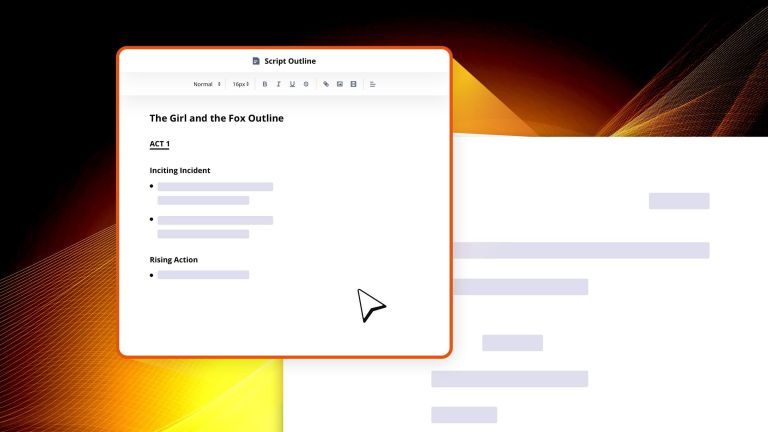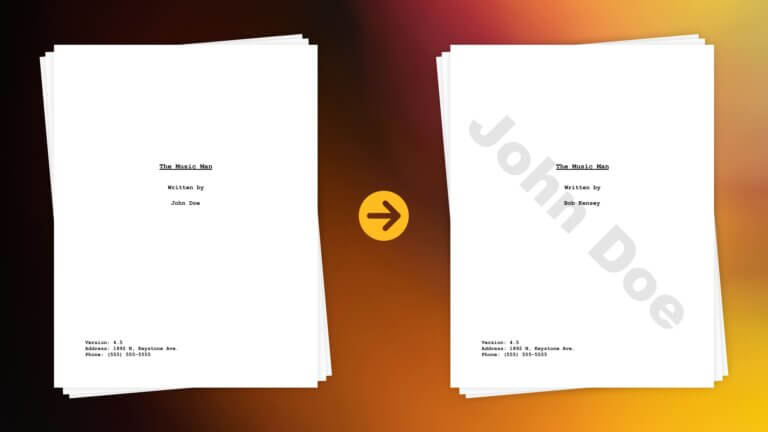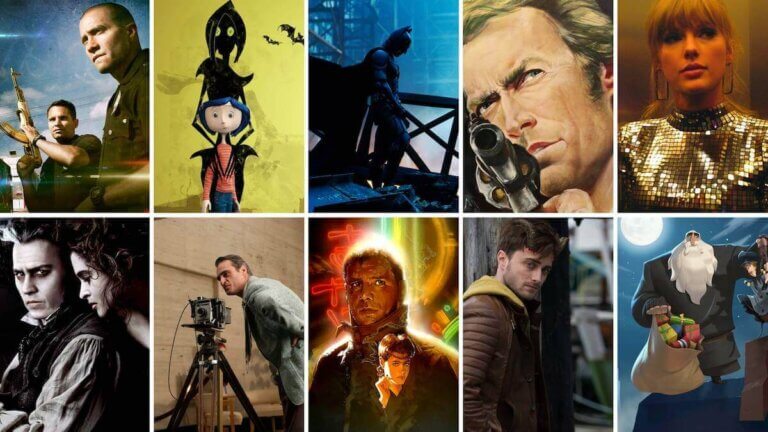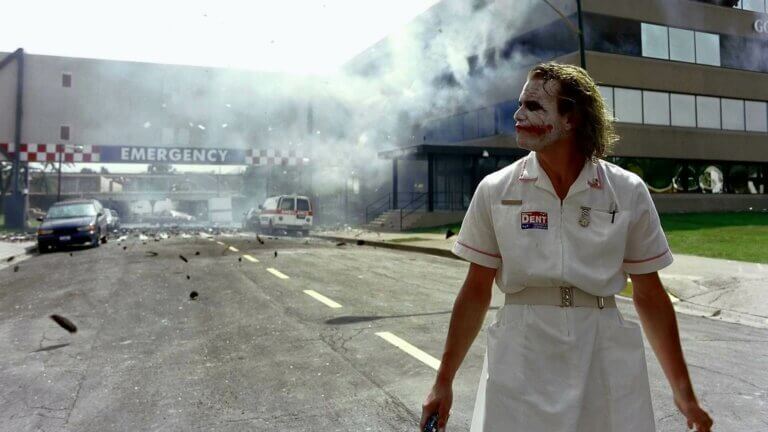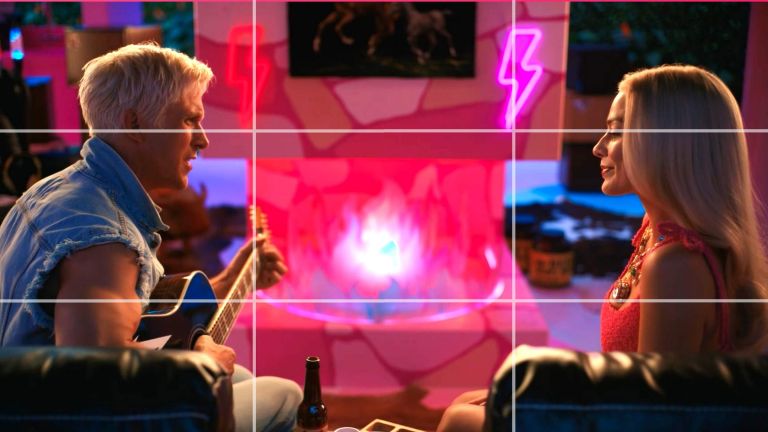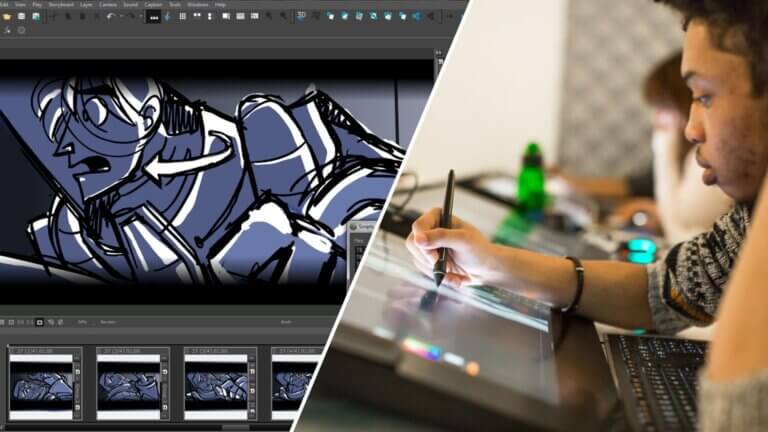Whether you're writing the first draft or sharing the final draft with your collaborators, taking notes is critical. Keeping these thoughts, suggestions, or inspirations organized can be a difficult task. But we've solved the problem. Script Notes is an extremely valuable resource that will help keep your ideas intact and accessible so you can stay productive. We’ve created an example of script notes using The Big Lebowski. You can see for yourself how the Coen Brothers might have used all the features of Script Notes to their advantage. Continue reading How to Write Script Notes in StudioBinder (with Industry Examples…
Everyone loves to see a great scene transition, but how do you connect scenes on a deeper level? Consider using a match cut. Using similar colors, shapes, actions or even dialogue, match cuts add that extra level of meaning to create a more cohesive and seamless narrative. In today’s post, we’re going to break down match cuts so that you not only understand how they work but also why they are so much more effective than a normal scene transition. Continue reading Match Cuts & Creative Transitions with Examples – Editing Techniques
A great screenplay is worth millions (sometimes billions!) of dollars, so protect them through watermark PDFs! Are there simple steps to help increase the security of your script? YES! And they are readily available in StudioBinder. We’re going to show you how to create a watermark PDF of your script that also includes headers and footers. Continue reading Watermark PDF: How to Protect Your Screenplays
How often do you find yourself scrolling through Netflix for an hour trying to find something to watch? The next time that happens, put down the remote for a second and bring up this list.We’ll be updating this guide to the best movies on Netflix monthly, so all of you aspiring filmmakers out there can keep up with what you need to watch next.From horror to comedy and everything in between, it’s all gathered right here. We’ll rank each film based on its acting, filmmaking, writing, and overall entertainment value for people bored on Friday night.Of all the top Netflix…
Dramatic irony is one of the three main types of irony. Like verbal and situational irony, dramatic irony is an integral element of storytelling. The power a writer or director can yield with a firm grasp of dramatic irony is huge. But what is dramatic irony and how does it work?In this article, we’re going to define dramatic irony. We will also discuss the stages of dramatic irony and a subtype called tragic irony. By the end, you'll know how to implement dramatic irony in your own works.Continue reading What is Dramatic Irony? Definition and Examples
Situational irony is a broad term with near-endless applications. At a fundamental level, every story has some aspect of situational irony – which means that it's a key component of storytelling. But what is situational irony? We’re going to define situational irony by looking at situational irony examples in film and TV. By the end, you’ll understand how situational irony works – and how d you’ll be able to add intrigue and complexity to your storytelling.Continue reading What is Situational Irony? Definition and Examples
Verbal irony is the most common type of irony because it’s tied directly to language – which we use every day. But what is verbal irony exactly and what are its different subtypes? We’re going to answer those questions by exploring how verbal irony can add depth and complexity to dialogue and, by extension, characters. In this article, we’re going to define verbal irony; including the different ways it can be used in screenwriting.Continue reading What is Verbal Irony? Definition and Examples
We encounter irony every day: in our favorite movies, TV shows, and in our own lives. Most people have a general understanding of irony but there are also a lot of misconceptions about it. For example, were you aware that there are 3 different types of irony?In this article, we're going to define irony in all its variations. Whether you're writing a short story or a screenplay, irony can be a powerful storytelling tool. You'll be able to recognize the different types of irony and understand how they work. The next step is to carry this understanding straight into your…
What is the rule of thirds? The rule of thirds is an effective way to frame the elements in your scene so that the resulting image is much more visually captivating. Like most other filmmaking “rules,” it’s not really a rule at all — more of a golden guideline.It’s also an incredibly easy rule to try: any level photographer or cinematographer can use it. First, let’s define it by showing you some rule of thirds examples, then explore how it’s used in film.Continue reading What is the Rule of Thirds — Definition and Examples
In the previous post, we covered the basics behind animatics (including the difference between a storyboard and animatic). Now that we have our foundation on animatics, let’s get into more detail on how to make one.The question now becomes: How to make an animatic?In this article, we’re going to discuss strategies and tips to get the most out of the animatics process. We’re also going to walk through the process of using StudioBinder to create an animatic storyboard, step-by-step.Continue reading How to Make an Animatic: A Step-by-Step Guide
